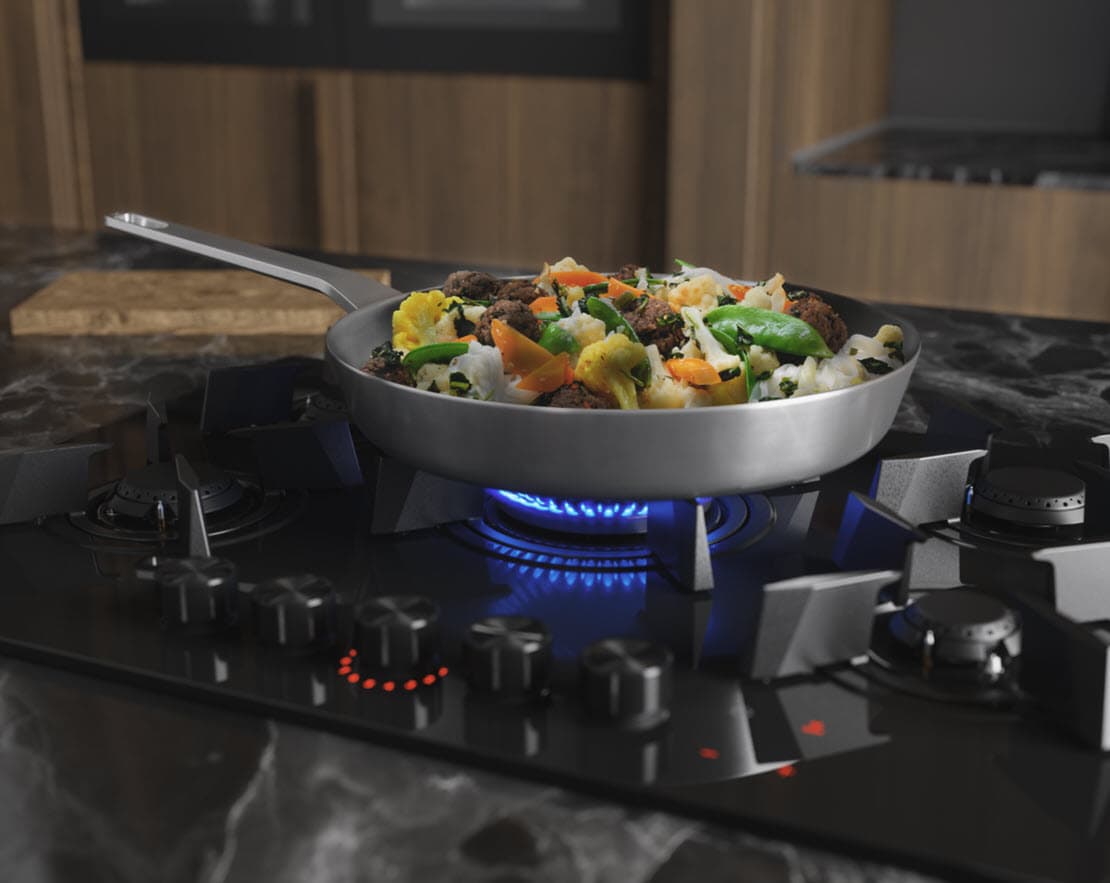RMB76312NX
536L French door fridge with bottom freezer and water dispenser, Stainless Steel
- Water dispenser
- Premium control and display
- Fast freezer function
RXB56311NG
521L Side by Side fridge with Frost free function, Black Glass
- Premium black glass finish
- Electronic touch control
- Fast freeze function
RXB56011NX
518L Side by Side fridge with Frost free function and water dispenser, Stainless Steel
- Water dispenser
- Electronic touch control
- Fast freeze function
FAQs about how to store food in fridge
-
What is the best fridge temperature in Celsius for South Africa?
According to experts, you should keep your fridge at a temperature between 0°C and 4°C to prevent the growth of listeria, a harmful bacteria that causes food poisoning if your fridge is set at temperatures above 5°C.
-
Is a fridge colder on 1 or 5?
Some fridges use a setting scale from 1 to 5 to show how the power can be set instead of the actual degree. The higher number means a colder fridge, so 5 will make your fridge the coldest.
-
Is 5°C fine for a fridge?
For food safety, the ideal temperature setting for a fridge is 3°C, while the coldest part of the fridge should be between 0°C and 5°C. Therefore, you should check your fridge temperature frequently with a thermometer to ensure that your fridge is below 5°C.

HOW MUCH ELECTRICITY DOES A REFRIGERATOR USE PER MONTH? A COST-SAVING GUIDE
If you’re keen to cut back your electricity consumption, your refrigerator may be a good place to start. Reducing how much energy is consumed by refrigerators is easy with a few, simple habit changes.
In addition to cost savings, awareness of your refrigerator’s electricity usage also helps reduce your carbon footprint – a win for you and the environment.

AEG PROSTEAM TECHNOLOGY: REFRESH CREASED CLOTHES, QUICKLY AND EASILY
Why wash clothes you’ve barely worn? Why spend your valuable time ironing?
Thanks to washing machine innovation, it’s time to rethink the way you wash and wear your clothes.
Meet AEG ProSteam Technology in washing machines, a steam function that lifts the burden of unnecessary washing and the chore of ironing.

GAS STOVE SAFETY: 8 ESSENTIAL TIPS FOR A SECURE HOME
Many discerning home cooks and professional chefs prefer gas stoves for their precise temperature control, quick heating, and visual heat monitoring. This is because of the familiarity and visual aspect of flame monitoring and control. However, like many appliances, correct usage is essential to ensure your safety, and to optimise its performance.

WHAT IS THE DIFFERENCE BETWEEN OVEN AND MICROWAVE OVEN: DETAILED COMPARISON
An oven and microwave oven are two completely different appliances. Some functions may overlap, but ultimately, they’re used for different purposes and will yield different results.

HOW TO USE PYROLYTIC CLEANING ON AEG OVEN: A STEP-BY-STEP GUIDE
The Pyrolytic Cleaning function is a simple, ingenious self-cleaning feature that turns any residue or grime in the oven cavity into ash, which can then be removed with a damp cloth. You will find this feature on selected AEG oven models.

HOW TO USE A DISHWASHER FOR THE FIRST TIME:
STEP-BY-STEP GUIDE
Loading your dishwasher may seem straightforward. But there are actually some hard rules you have to follow if you want to avoid dishwasher disasters.





